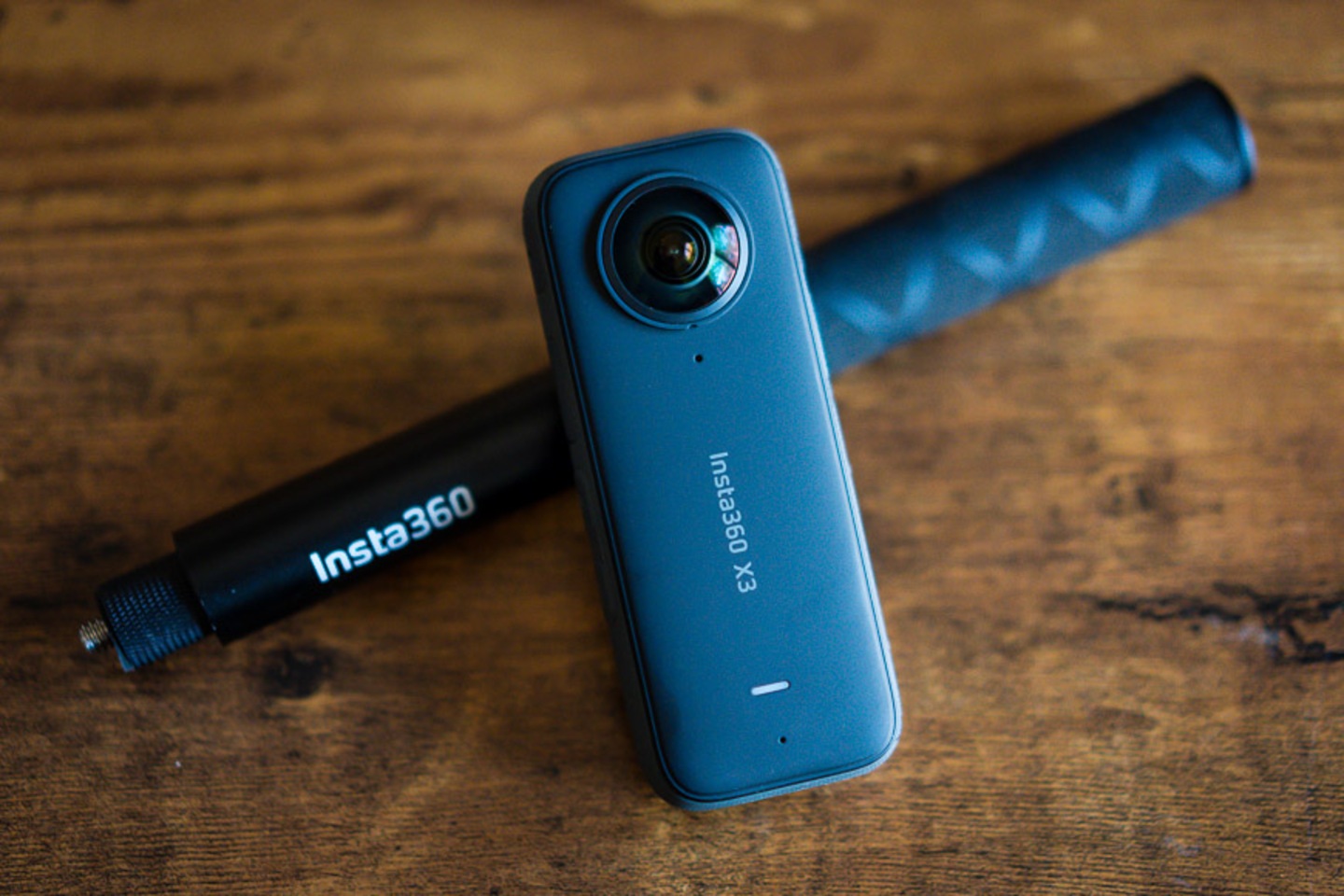
Virtual Tours & 360° Photography: Real Estate Revolution
In recent years, the real estate industry has witnessed a transformative shift in the way properties are marketed and showcased. Virtual tours and 360-degree photography have emerged as powerful tools that enable potential buyers to experience a property remotely and immerse themselves in a lifelike, interactive viewing experience. This article delves into the rising trend of virtual tours and 360-degree photography in real estate, discussing the necessary equipment, shooting techniques, and post-processing options involved.
Captivating Buyers with Immersive Experiences:
Gone are the days when static images and floor plans sufficed to engage buyers. Virtual tours and 360-degree photography allow potential buyers to explore a property from the comfort of their homes, offering a realistic sense of space, layout, and ambiance. By providing an immersive experience, these technologies captivate buyers, generate interest, and often lead to more qualified inquiries.
Equipment Requirements:
Creating virtual tours and 360-degree photographs requires specific equipment. Firstly, a 360-degree camera or a DSLR camera with a wide-angle lens is essential to capture the entire space in a single shot. Various brands offer dedicated 360-degree cameras, each with its unique features and capabilities. Additionally, a sturdy tripod or specialized panoramic head is necessary to ensure stability and precise alignment during image capture.
Shooting Techniques:
To capture compelling virtual tours and 360-degree photographs, it is crucial to approach the shoot with careful planning and attention to detail. Here are some key techniques to consider:
- Preparing the Space: Before shooting, ensure that the property is clean, well-staged, and free of clutter. Pay attention to lighting, open curtains, and turn on lamps to create an inviting atmosphere.
- Optimal Camera Placement: Position the camera at the center of each room or area, at a height that represents an average person’s eye level. This placement helps viewers feel as if they are physically present in the space.
- Overlapping Shots: Capture overlapping images in each area, ensuring a seamless transition when viewers navigate between shots. Overlap around 30% of the previous image to maintain visual continuity.
- Highlighting Key Features: Focus on highlighting the property’s unique selling points, such as architectural details, stunning views, or luxurious amenities. These features will attract viewers’ attention and create a lasting impression.
Post-Processing Options:
After the shoot, post-processing enhances the quality and appeal of the virtual tour or 360-degree photographs. There are several software options available to stitch the captured images together and create a cohesive, navigable experience. Some popular software choices include Adobe Photoshop, PTGui, and Pano2VR. These tools enable photographers to align and blend the images, correct any distortions, and optimize the final result for web or mobile viewing.
Benefits and Future Potential:
The utilization of virtual tours and 360-degree photography in the real estate industry has numerous benefits. Firstly, it saves time for both buyers and sellers by allowing remote property exploration without the need for physical visits. This efficiency can result in a higher volume of qualified leads and shorter sales cycles. Secondly, these immersive experiences enhance transparency, instilling greater confidence in potential buyers and reducing the likelihood of surprises during on-site visits.
Looking ahead, the potential of virtual tours and 360-degree photography in real estate is vast. As technology advances, we can expect even more interactive features, such as virtual reality (VR) integration, augmented reality (AR) overlays, and personalized property customization options. These advancements will further revolutionize the way properties are marketed and experienced.
Conclusion:
Virtual tours and 360-degree photography have rapidly become integral tools in the real estate industry, revolutionizing the way properties are showcased and experienced. By leveraging these technologies, agents and sellers can captivate buyers with immersive experiences that provide a realistic sense of space and ambiance. The necessary equipment, such as 360-degree cameras or DSLR cameras with wide-angle lenses, along with careful shooting techniques, ensure the capture of compelling virtual tours and photographs. Post-processing options, using software like Adobe Photoshop or PTGui, further enhance the final result, creating cohesive and navigable experiences.






